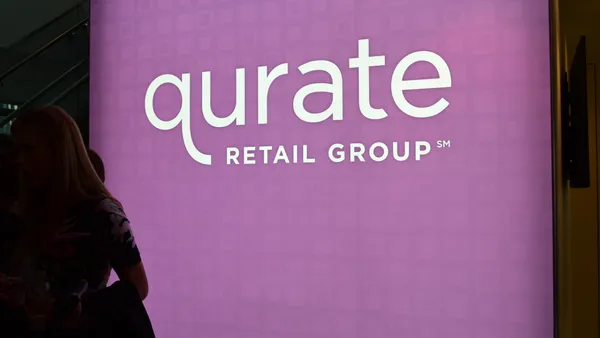Dive Brief:
-
The percentage of U.S. households that pay for Amazon Prime but hold no other club membership has grown from 7.1% in 2013 to 16.2% in 2016, while the percentage belonging to just Costco fell to 9.8% from 14.9% and Sam’s Club fell to 9.7% from 16.9%, according to research from Cowen and Co. released Monday and cited by ETF Daily News.
-
Cohen’s research also found that Amazon Prime is on the way to adding some 12 million new members this year, up from 10 million new members last year and 7 million in 2014, CNBC reported.
-
Some 44% of U.S. households belong to Prime, according to Cowen, but that could jump up to 50% by the end of the year. Eventually, the firm predicts Prime could exceed 60 million households in the U.S., according to Cowen analyst John Blackledge.
Dive Insight:
There’s a lot of speculation around how many American households actually have Prime memberships; it’s a guessing game because Amazon itself doesn’t reveal the numbers. Consumer Intelligence Research Partners in July reported that 52% of U.S. households were Prime members. The takeaway here, regardless of the actual number, is that memberships are growing fast, especially among wealthier households.
Other research points out that more than 70% of households with annual incomes topping $112,000 have a Prime membership, according to Deutsche Bank. In addition, 75% of Prime members convert when visiting the Amazon website, compared to 13% for non-Prime members, according to a mid-2015 study from Millward Brown Digital.
That’s all contributing to Amazon’s retail success, and it’s eating into the membership model offered by the likes of Costco, Sam’s Club and B.J.’s. Plus, fatigue with the membership-based model may have led to Jet’s drop of the approach almost immediately after its launch last year, according to Profitero VP of strategy and insights Keith Anderson. “It’s successful, but saturated,” Anderson told Retail Dive last year. “They may have seen the writing on the wall.”
Prime subscribers are extremely valuable to the company. Amazon's 49 million Prime members are worth $143 billion over their lifetimes, Blackledge said. Prime members buy from Amazon more than three times each month on average, compared with two times a month for non-members, and bring the company 80% higher profit than non-subscribers, he added. That explains Amazon’s efforts to make Prime attractive to shoppers, through its free two-day shipping on many items, same-day delivery in many areas and perks like streaming video, music, photo storage, and other bonuses.
In his annual letter to shareholders earlier this year, Amazon founder and CEO Jeff Bezos put it this way: “We want Prime to be such a good value, you’d be irresponsible not to be a member.”














